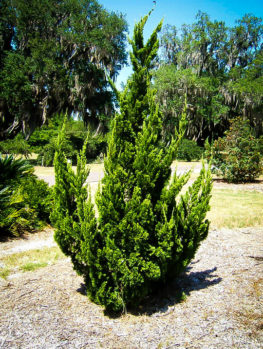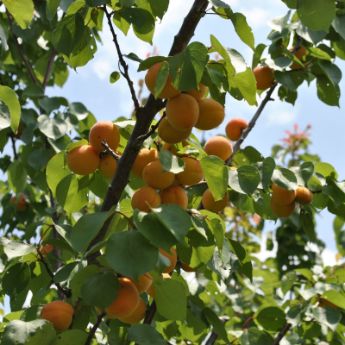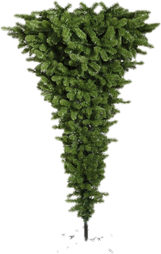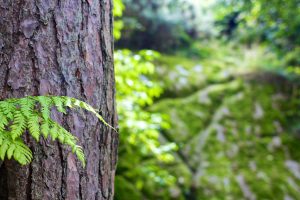Since the year eight hundred ten the city of Venice, Italy has actually been standing strong and mighty with its ever present clock tower, and St. Marks square. What few individuals know nevertheless is that 'The city of Venice rests on the hearts of Larch.' In the ninth century the name 'Pine' had yet to be created, so today if you translate that saying, you get, 'The city of Venice rests on the hearts of Pine.' Today heart Pine is an extremely valuable building product, so picture that the whole city of Venice rests on numerous countless antique, 'hearts of pine,' trunk, bark and all.
Evergreen throughout the world, have, since the beginning of time, been a crucial consider the development of man kind. When cave guys found fire, it was such a hot product that in order to keep their precious brand-new discovery burning throughout the night, they would collect pine cones from the forests of towering evergreen and put them on the smoldering ashes. The resin would show the moisture of the pine cones and burn for hours. The next morning the Neanderthals were able to stir the fire, and billows of smoke would come wisping out and as they added branches of slag pine, and small, dry, kindling, branches the flames would start to pour forth. The men would capture fish with triton's made from twisted and carved pine tree branches, and kill boar, and small video game with spears caved from the small, strait, trunks of young evergreen. As the ladies would make loin fabrics from the skins of big animals and cook food over flames, the guys were explore building. When he discovered how to construct, it is believed by some that the caveman evolved into the Neanderthal. The evolving guys would drive posts into the ground and strap pine tree limbs to the top utilizing the sinews of animals, and resin from the pine tree was utilized to help secure pine tree needles to the roofing system for shelter.
Pine trees are evergreen, coniferous, (conebearing) trees that are discovered in all parts of the world (six of 7 continents). There are roughly one hundred twenty species of evergreen. There are brief pine trees, high pine trees, wide evergreen, slim evergreen and colored Pine trees. Pine trees have green to bluish grey leaves in the kind of needles that are set up in bundles of 2 to 5 or six to 8, depending on types. The cones of evergreen range in size from Mesa Trees  1/2" to 12 inches. The Longleaf pine, Pinus paulustris, bears one of the biggest cones, approximately 10 inches and the Mugo pine, Pinus mugo, has one of the smallest cones at  3/4" to 2". Pine trees can tower to 130 feet high, such as the Longleaf pine, or grow to a shrubby 8 feet high, such as Mugo pines.
Pine trees are so versatile that they are known to naturally cross pollinate in between species to develop into an enhanced types. This holds true with the Sonderegger Pine, Pinus palastris x Pinus teada, of the Southeast. A natural hybrid cross between Longleaf Pine and Loblolly pine that handles the very best qualities of both types: longer pine needles and fatter pine cones with faster constant development, leading to a fully grown tree in an amazingly short quantity of time.
Evergreen are the leading source for paper items and building materials in the world. Loblolly pine, Pinus teada, is among the leading timber types in the United States, growing from New Jersey to Florida to Texas. The woods of this species are very compact and make them an excellent option for pine tree flooring.
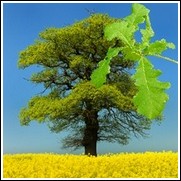
In the 19th century, pine tree growers saw that the sap from pine trees might be collected and condensed with numerous bi-products that might be equally marketed, making the "Tree Sap Boom" so successful. Resin oil might be taken for cough, and scratchy throat, and some soaps, and glues were also processed, with turpentine as the main bi-product. Evergreen also began to be collected around this time on an industrial level devastating forests to make paper, and construct homes.
Pine trees are likewise understood throughout the outdoor world as a survival plant. The cambium, or sub-bark, is almost sweet and wet, however rich in vitamins A and C. In Sweden in the winter season time the Swedes typically make 'strunt' tea from the needles and small baby pine cones of the Pinus nigra - European Black Pine tree or Austrian Evergreen.

Pine tree cultivars advised to plant and grow in the United States, whether, you grow them as a specimen tree, or plant whole Evergreen plantations are as follows: Loblolly Pine, Pinus taeda; Longleaf Pine, Pinus palustris; Mugo Pine, Pinus mugo 'Compacta'; Slash Pine, Pinus elliottii; Sonderegger Pine, Pinus x 'Sondereggeri'; and White Pine, Pinus strobus.





